New
Click-to-Instagram Direct Ads

You’re here for a reason. You want a WhatsApp chatbot. Maybe for customer support. Maybe for sales. Maybe because answering the same questions over and over is driving your team crazy.
You’ve seen it in action. Instant replies. Order updates. Automated follow-ups. A WhatsApp chat that feels human but runs on autopilot. Businesses are doing it. Competitors are doing it. And now, you’re wondering: How does it work?
WhatsApp isn’t a messaging app anymore. It’s the world’s go-to business hotline. Customers expect you there. They expect fast replies. They expect convenience. But scaling conversations manually? That’s impossible. That’s why businesses are handing the job to WhatsApp chatbots. AI-powered assistants that chat, sell, and support 24/7.
So, what’s under the hood? How do these bots work? And more importantly, how can you build one that helps your business?
Let’s break it down.
A WhatsApp chatbot isn’t just a WhatsApp feature. It’s a chatbot that happens to live on WhatsApp. The platform is the storefront, but the chatbot is the entire business operation running behind it.
Think of it like an airport. WhatsApp is the terminal where passengers (customers) arrive. The chatbot is air traffic control: processing requests, directing planes, and making sure everything runs smoothly. Whether the flights land at WhatsApp, a website, or another messaging app, the chatbot is the system keeping things in order.
If you’re building a chatbot for WhatsApp, you’re really building a chatbot first. WhatsApp is just the channel where it interacts with users.
To build a WhatsApp chatbot that actually works, you need to know how chatbots function at their core. Let’s start there.
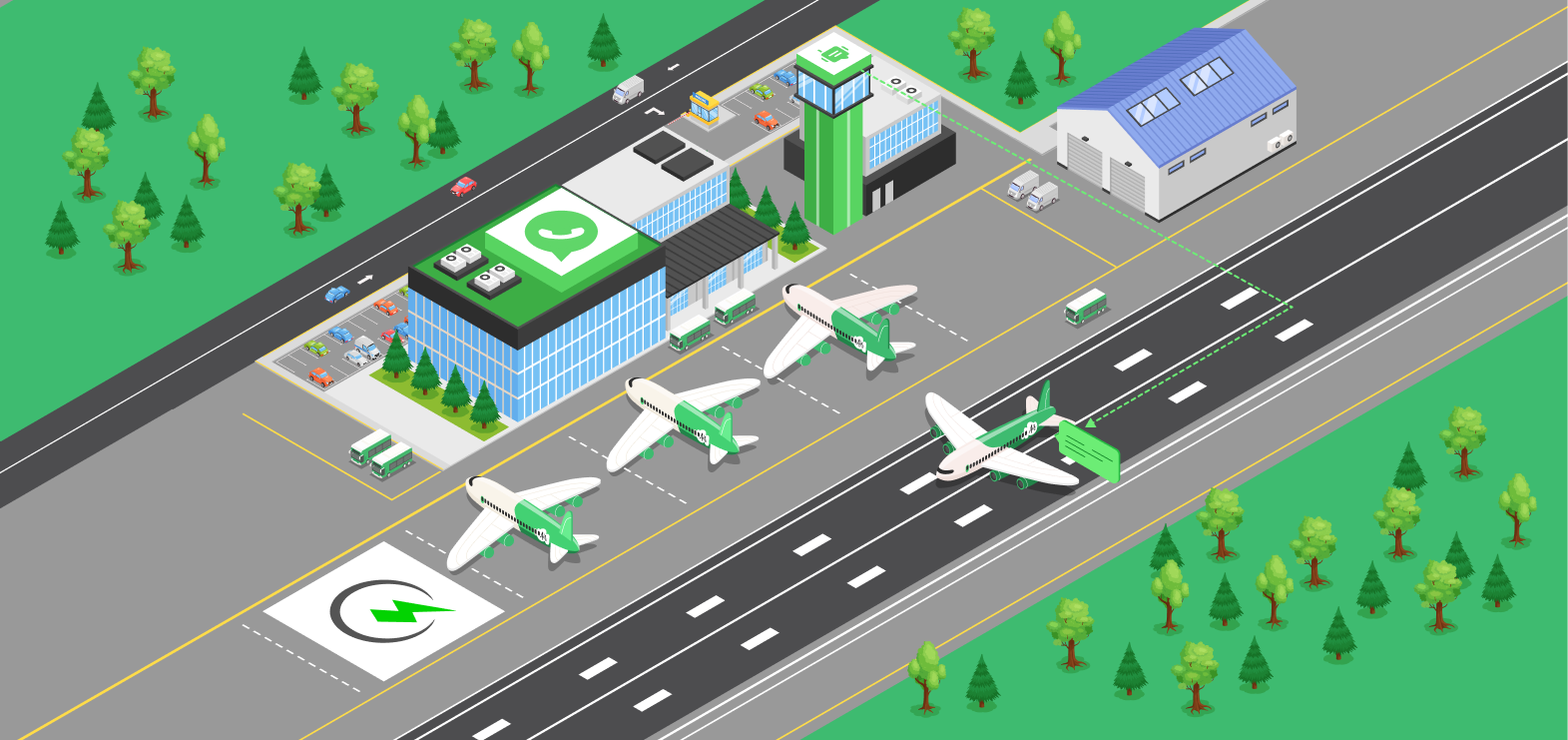
A chatbot is a software program that simulates human conversation, responding to messages in real time. Whether it’s answering FAQs, processing orders, or guiding users through a service, a chatbot acts as an automated assistant—handling conversations without human intervention.
At its core, a chatbot does three things:
Some chatbots follow predefined scripts (rule-based chatbots). Others use AI and Natural Language Processing (NLP) to interpret user input more flexibly. The more advanced the chatbot, the better it understands context, tone, and variations in language.
Since a chatbot’s logic runs independently of the platform, it can exist anywhere; WhatsApp, a website, Instagram, or even voice assistants like Alexa. The platform is just the messenger. The chatbot is the real intelligence behind the conversation.
Now that we understand what a chatbot is, let’s explore why businesses are adopting them at scale, especially on WhatsApp.
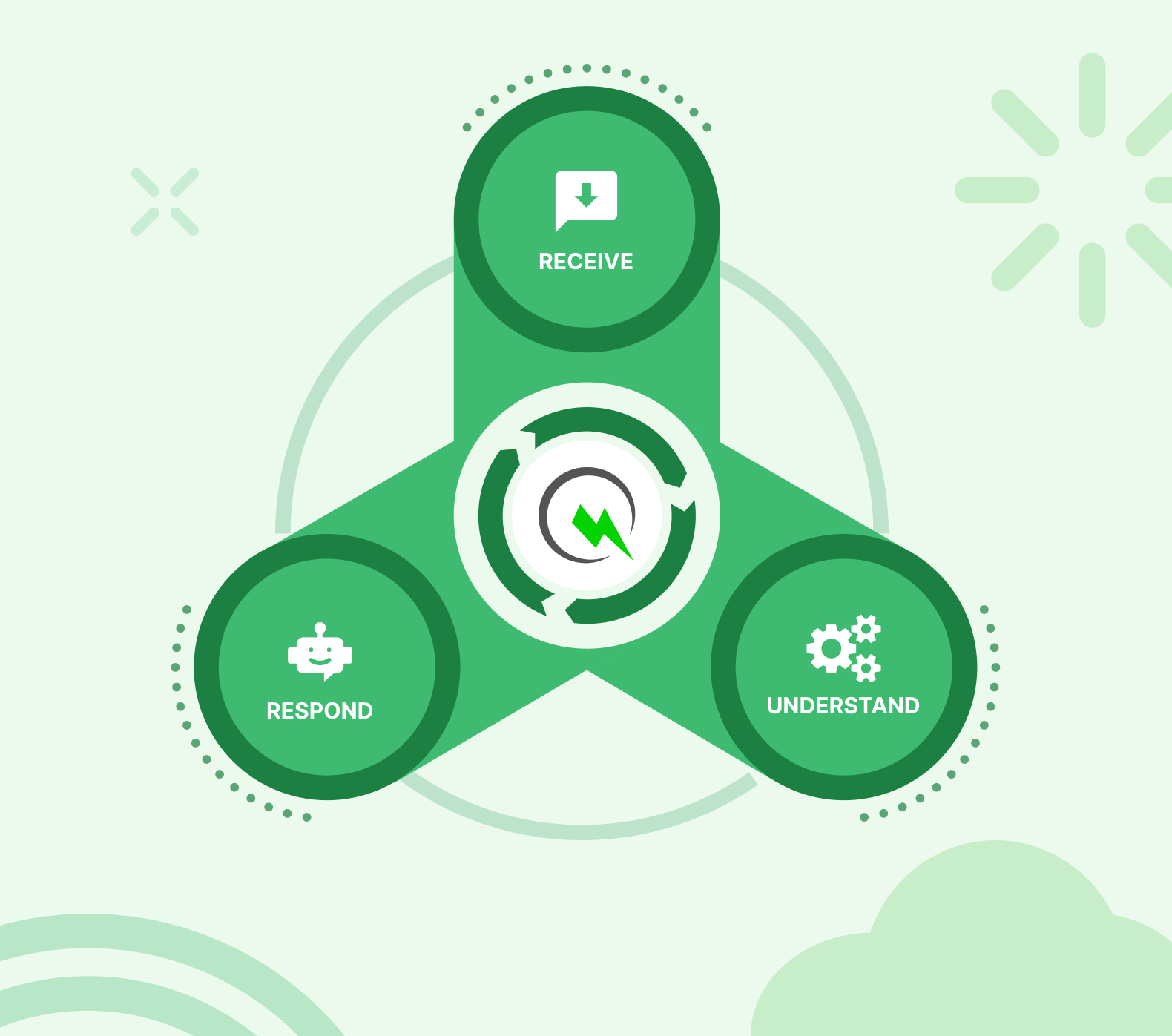
A chatbot isn’t a “nice to have” anymore. It’s an economic necessity.
Customer expectations have changed. No one waits on hold. No one sifts through FAQ pages. People want answers now, and if your business doesn’t deliver, they’ll move to one that does. The problem? Scaling human support is expensive.
Hiring, training, and maintaining a 24/7 customer service team costs a fortune. Even outsourced support adds up. But what if 80% of inquiries never needed a human agent? That’s the promise of chatbots: cutting operational costs while improving response time, customer satisfaction, and even sales.
But why WhatsApp? Why not a chatbot on a website or Facebook Messenger? The answer: customer behavior and revenue impact.
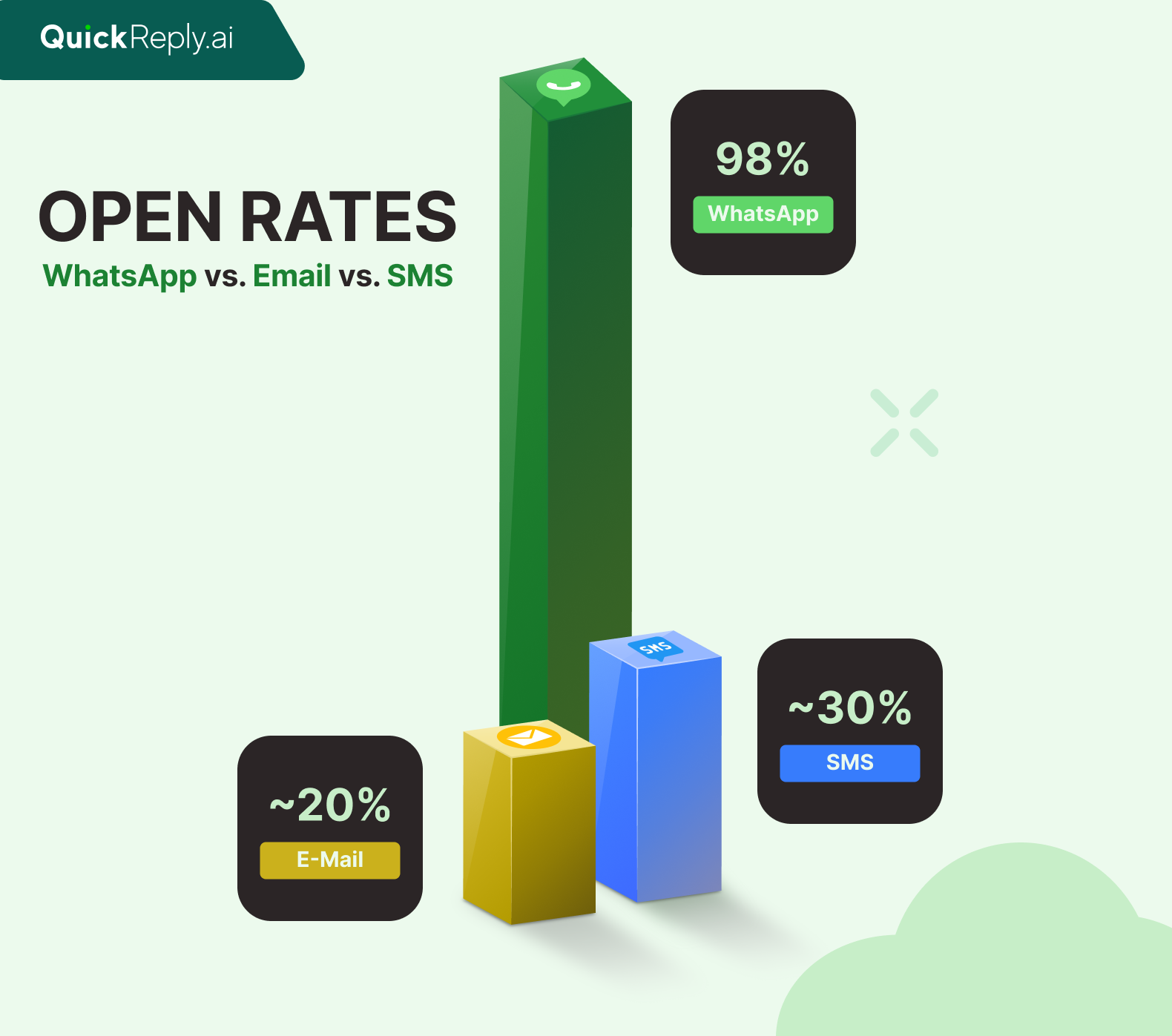
Let’s talk numbers:
Unlike a website chatbot that depends on a user staying on your site, WhatsApp chatbots persist beyond a session. If someone leaves your site, you can still message them, re-engage them, and even close the sale hours or days later.
And because WhatsApp is a personal channel, conversations don’t feel like marketing spam. A chatbot can answer pre-sales questions, recover abandoned carts, book appointments, and follow up automatically, all within a chat that users actually read.
For businesses, that means:
✅ Lower customer support costs (fewer agents needed)
✅ Higher conversion rates (engagement leads to sales)
✅ Better retention (direct customer relationships)
✅ Scalable automation (handles thousands of chats simultaneously)
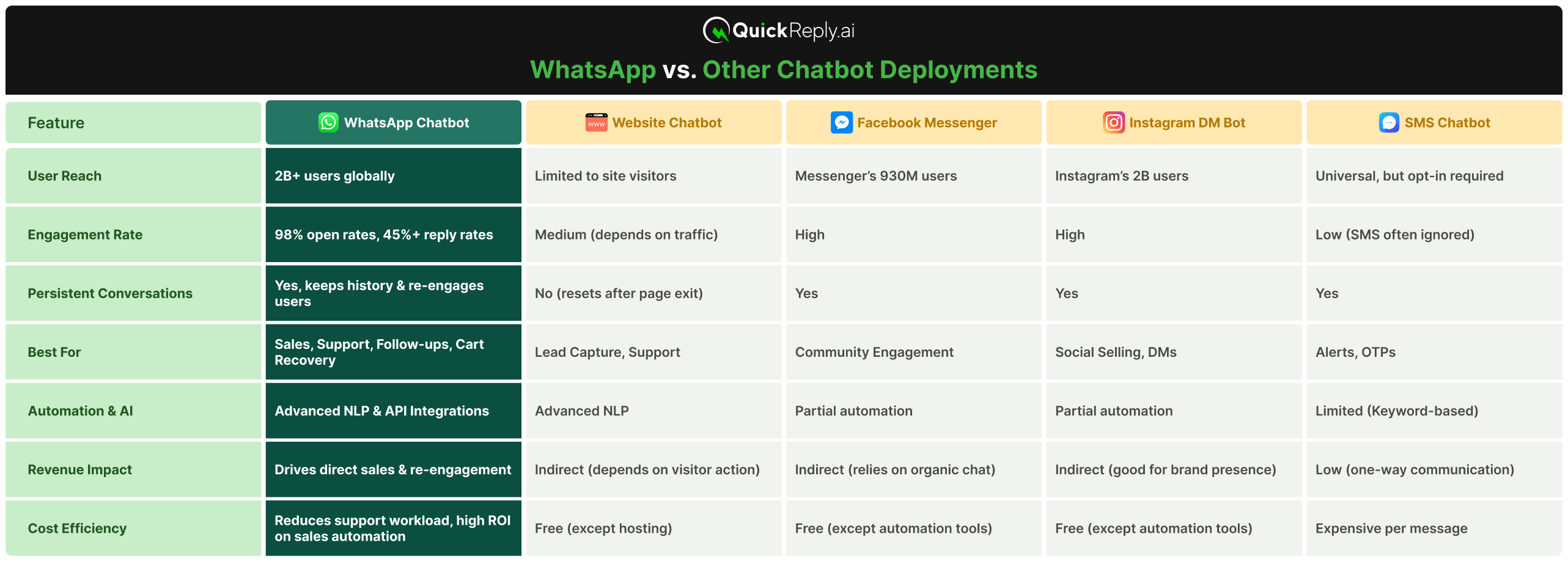
A website chatbot is passive. It waits for users to come, interact, and leave. Once they exit, they’re gone.
A WhatsApp chatbot is proactive. It keeps the conversation alive even after the visitor has left your site. It can follow up on abandoned carts, re-engage leads, and close sales automatically. That’s not just automation. That’s money saved and revenue recovered.
Now that we’ve established why businesses are betting big on WhatsApp chatbots, let’s move to the next step: How they work and how you can build one.
Now that we’ve established why WhatsApp chatbots matter, let’s break down how they are built.
A chatbot isn’t magic. It’s a structured system that processes user input, understands intent, and generates responses based on logic or AI. When deployed on WhatsApp, it connects to WhatsApp’s official messaging infrastructure to handle conversations at scale.
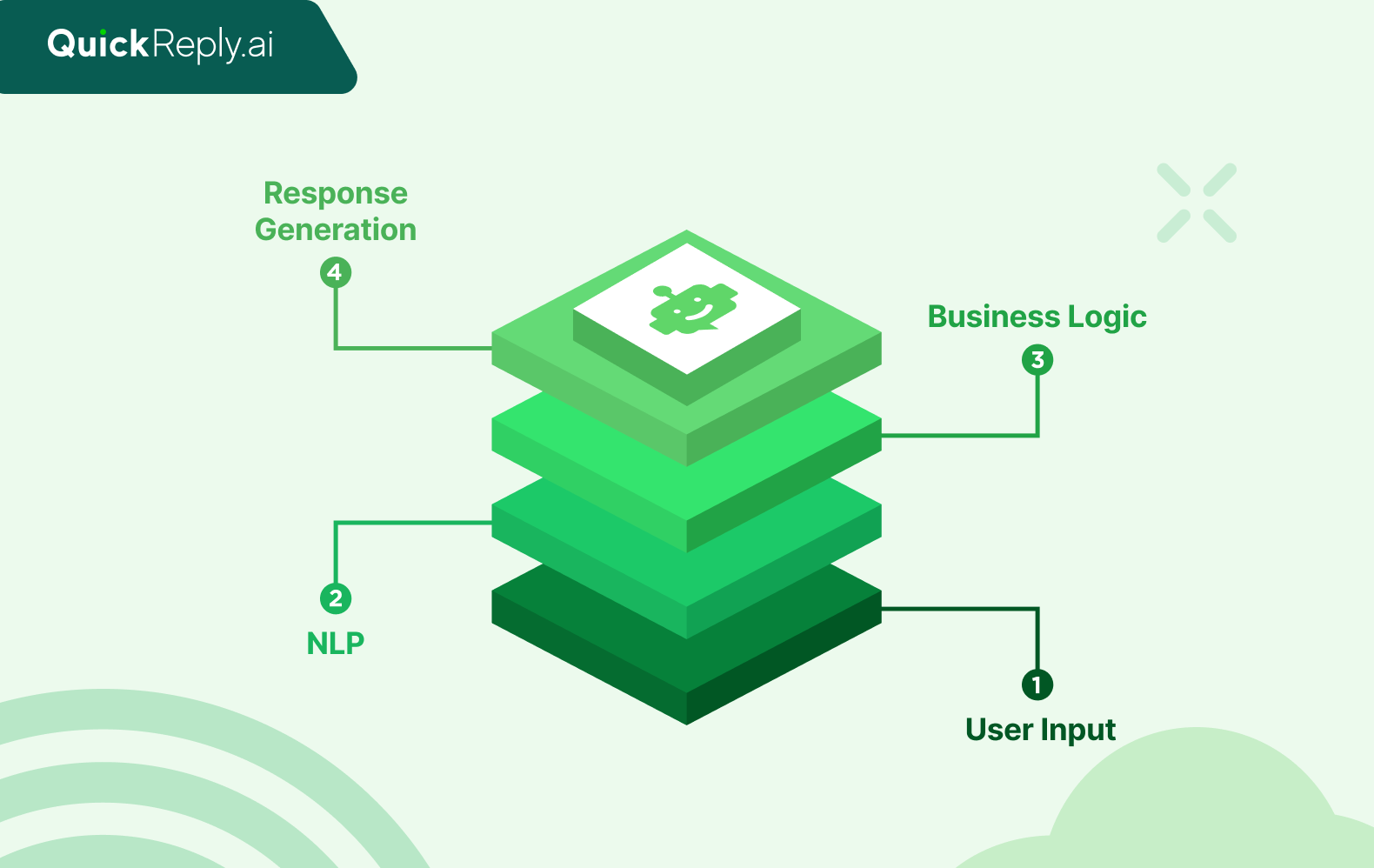
Every chatbot follows the same basic workflow:
This logic remains the same across platforms, whether it’s WhatsApp, a website, or a social media chatbot. But WhatsApp requires a specific setup to handle business messaging properly.
Unlike personal WhatsApp accounts, businesses need a specialized setup to automate conversations.
WhatsApp provides two main solutions:
✅ WhatsApp Business App – A mobile app for small businesses, allowing basic automation like quick replies and greeting messages. However, it doesn’t support chatbots at scale.
✅ WhatsApp Business API – A backend system that enables full automation, chatbot deployment, and large-scale messaging.
Since the WhatsApp Business API doesn’t have a front-end interface, businesses need a Tech Provider to connect their chatbot. This is where QuickReply.ai comes in.
QuickReply.ai is a WhatsApp automation platform that simplifies chatbot deployment, helping businesses:
With QuickReply.ai, businesses don’t have to deal with the technical complexity of API integrations. Instead, they get an out-of-the-box solution to automate WhatsApp interactions.
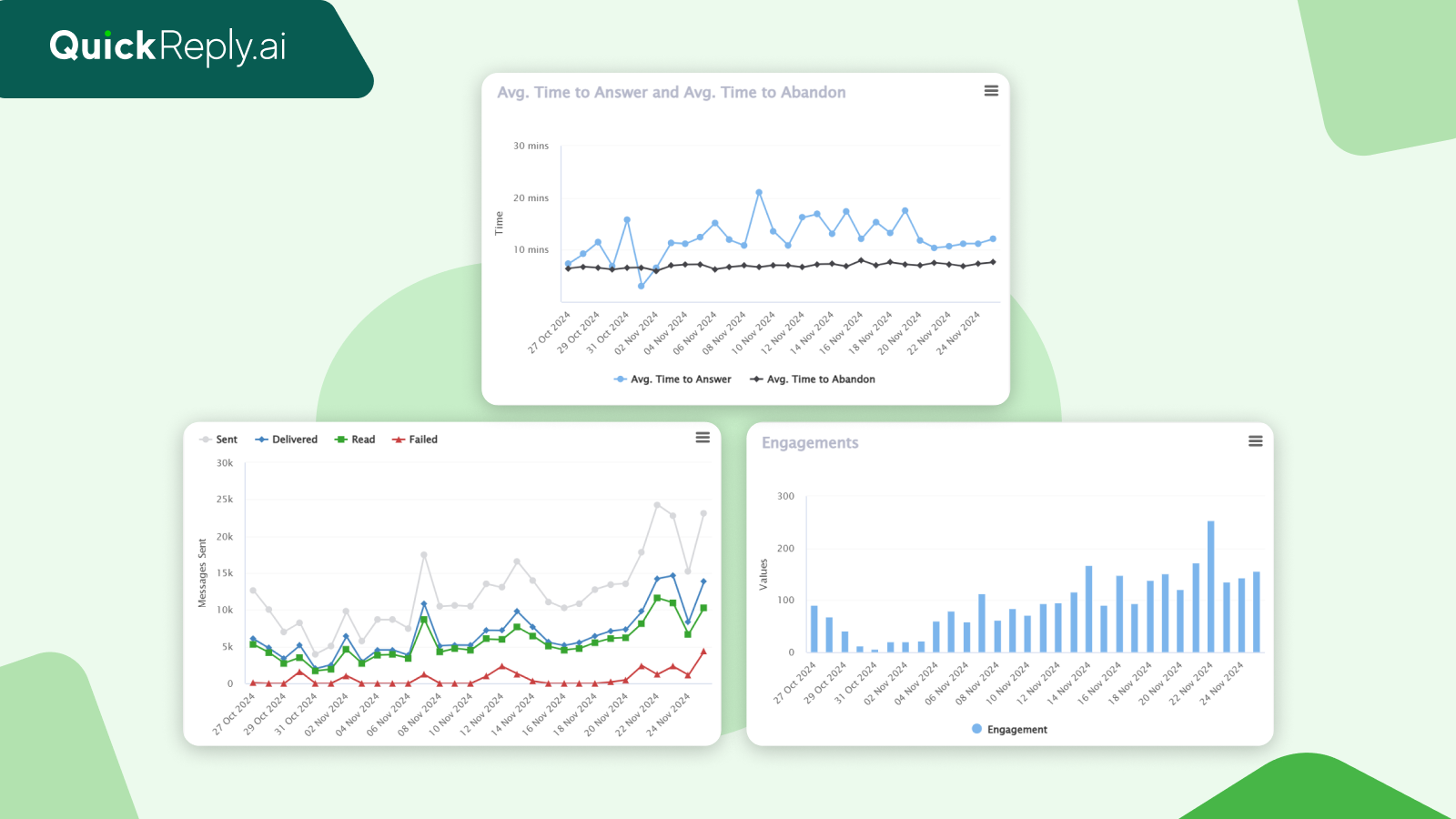
Before development, businesses need to decide:
🔹 For simple FAQ bots? Rule-based.
🔹 For e-commerce, lead generation, and sales? AI-powered.
Instead of applying directly to WhatsApp, businesses can get WhatsApp Business API access through QuickReply.ai, which streamlines approval and setup.
To ensure the chatbot understands and responds correctly, QuickReply.ai’s platform handles:
For advanced bots, QuickReply.ai integrates with OpenAI’s GPT models.
Step 4: Connecting to Business Systems (CRM, E-commerce, Payments)
QuickReply.ai allows businesses to connect their chatbot to:
This means users can check orders, get product recommendations, and even complete a purchase inside WhatsApp.
Before launching, businesses test their chatbot through QuickReply.ai’s dashboard:
Once live, businesses monitor chatbot performance via QuickReply.ai’s analytics tools, tracking:
Now that we’ve covered how WhatsApp chatbots are built, let’s look at the configurations that go behind a world-class chatbot builder, one that takes care of all the workflows you wish to support for your conversations with customers.
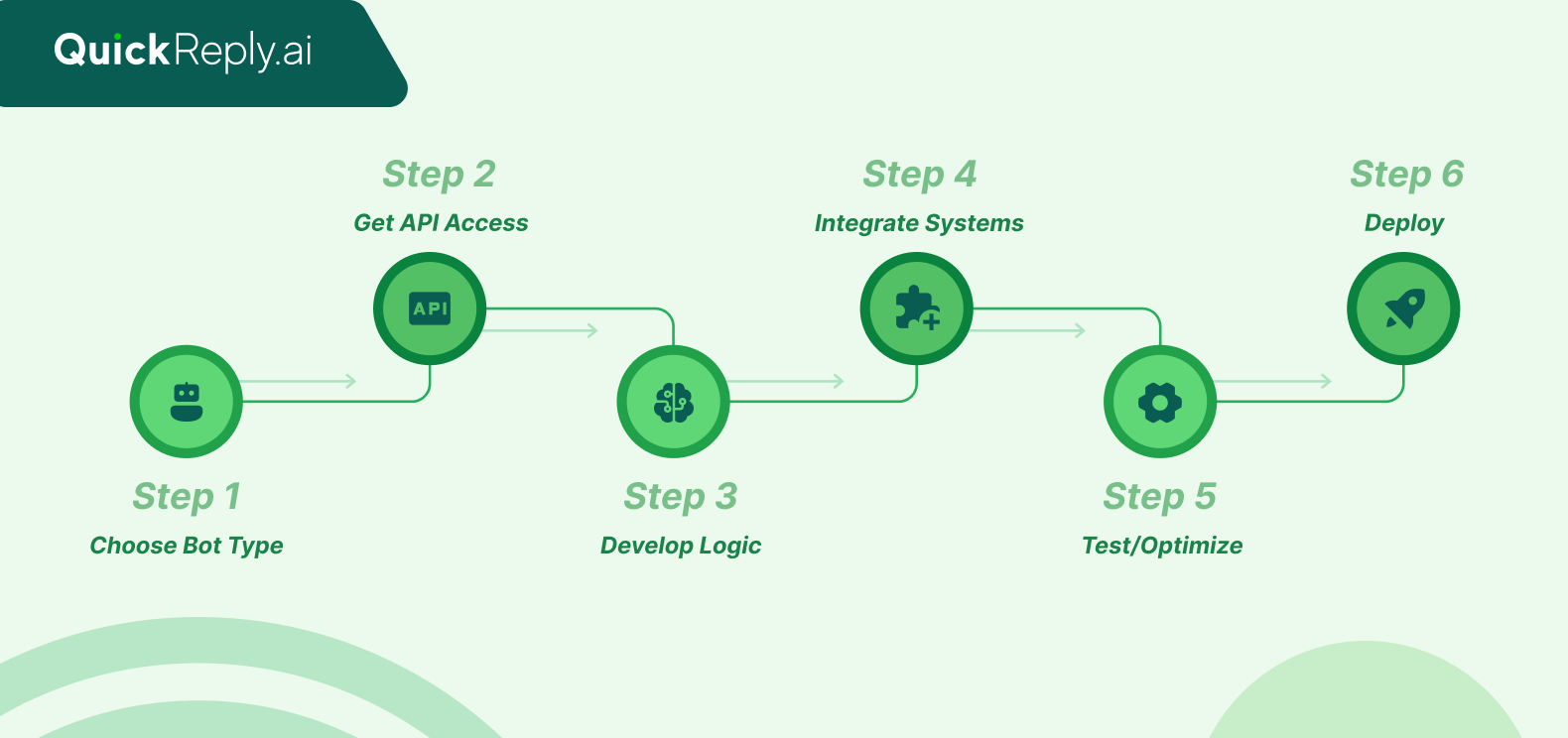
A comprehensive WhatsApp chatbot is built using different types of nodes, each playing a crucial role in automating conversations, collecting data, and enhancing user engagement. Here’s how these nodes function:
These nodes help your bot communicate effectively by sharing various types of content:
These nodes help gather key details from users to personalize their experience:
These nodes ensure seamless navigation within the chatbot:
These nodes allow real-time integration with external tools:
Not everything can be automated. These nodes help bring human agents into the conversation:
These extra nodes provide more control over the chatbot’s workflow:
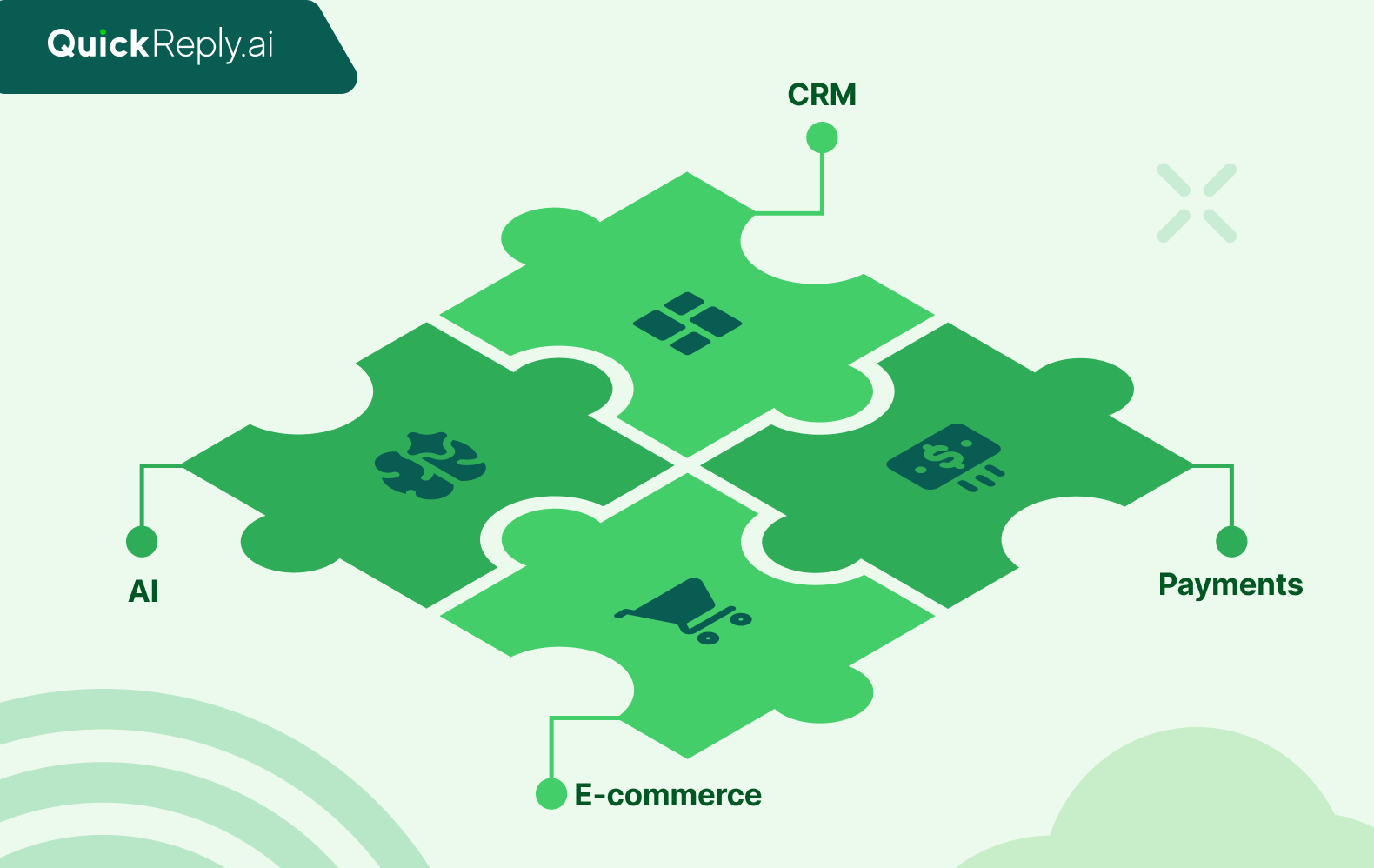
OpenAI’s language models, connected through WhatsApp’s API, infuse automation with humanlike insight. Imagine a world where every customer inquiry through WhatsApp receives a tailored response at any hour. This scenario addresses a pressing market reality: attention spans are short, chat volumes are large, and customers expect immediate, meaningful interactions. Tapping into OpenAI’s API meets this demand by streamlining communication at scale without sacrificing that personal flair.
Why combine these two technologies? WhatsApp holds a significant share of global messaging traffic, boasting over 2 billion active users. Meanwhile, OpenAI’s GPT-based models deliver advanced language understanding, generating context-aware responses that mirror human conversation. Business teams gain a unified channel, automatically responding to leads, guiding product inquiries, or tracking user feedback—an advantage that reduces operational costs, frees up support staff for high-level tasks, and extends a brand’s voice throughout every chat.
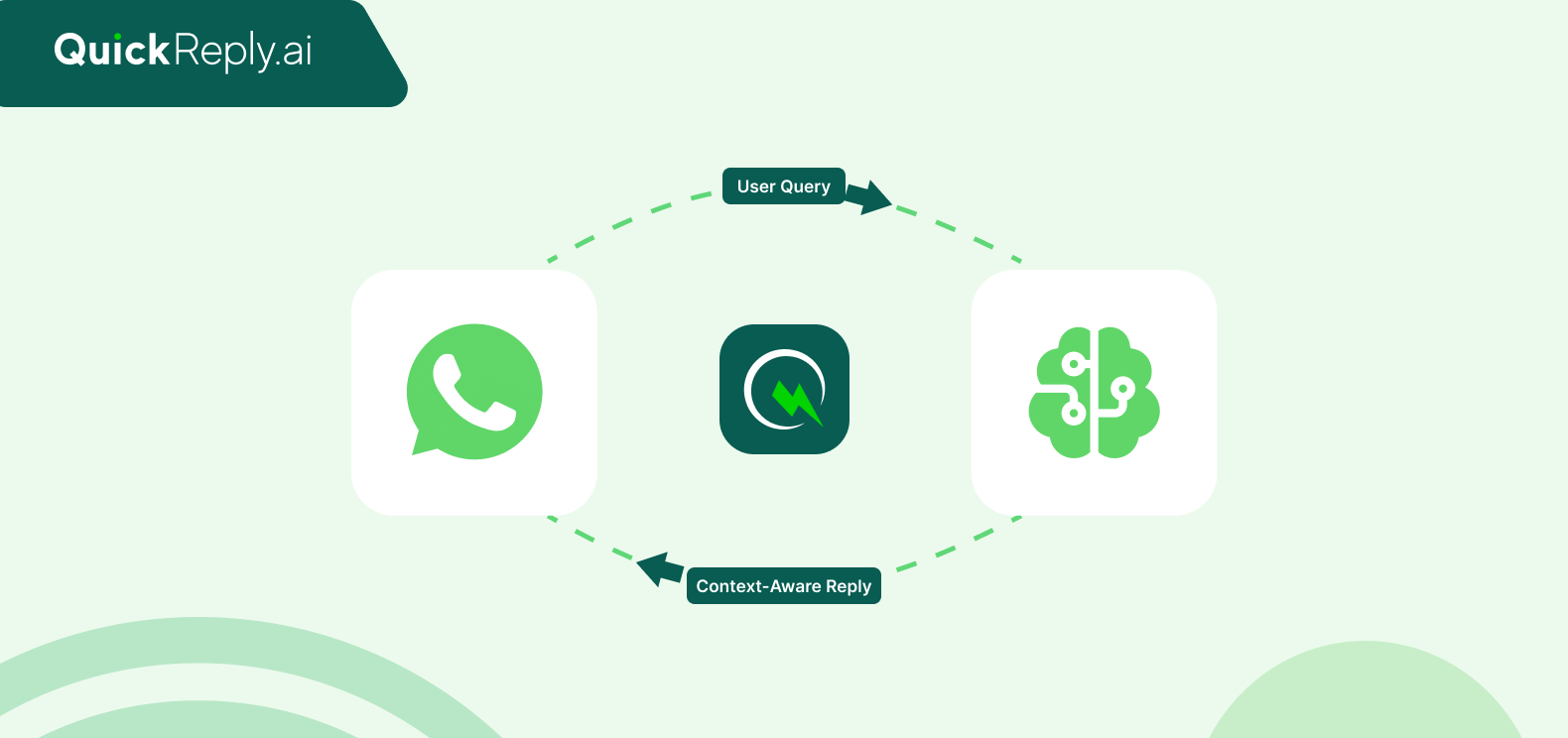
Picture a sneaker brand called Zesty Shoes. They sell trendy footwear and engage customers through a WhatsApp channel powered by OpenAI’s language models. Shoppers message the brand at any hour, and the chatbot, fueled by GPT, reacts with genuine warmth. Here’s how it unfolds:
E-commerce brands stand out with this approach by speaking to customers on a channel with more than 2 billion monthly users. The end result boosts customer satisfaction, lifts conversion rates, and frees support teams from repetitive queries. Such synergy between WhatsApp’s Business interface and OpenAI’s conversational intelligence offers marketers a scalable way to deliver real-time, personalized experiences.
Currently, Open AI integration inside QuickReply is available as a custom build. Reach out to us if you want this integration for your products and services.
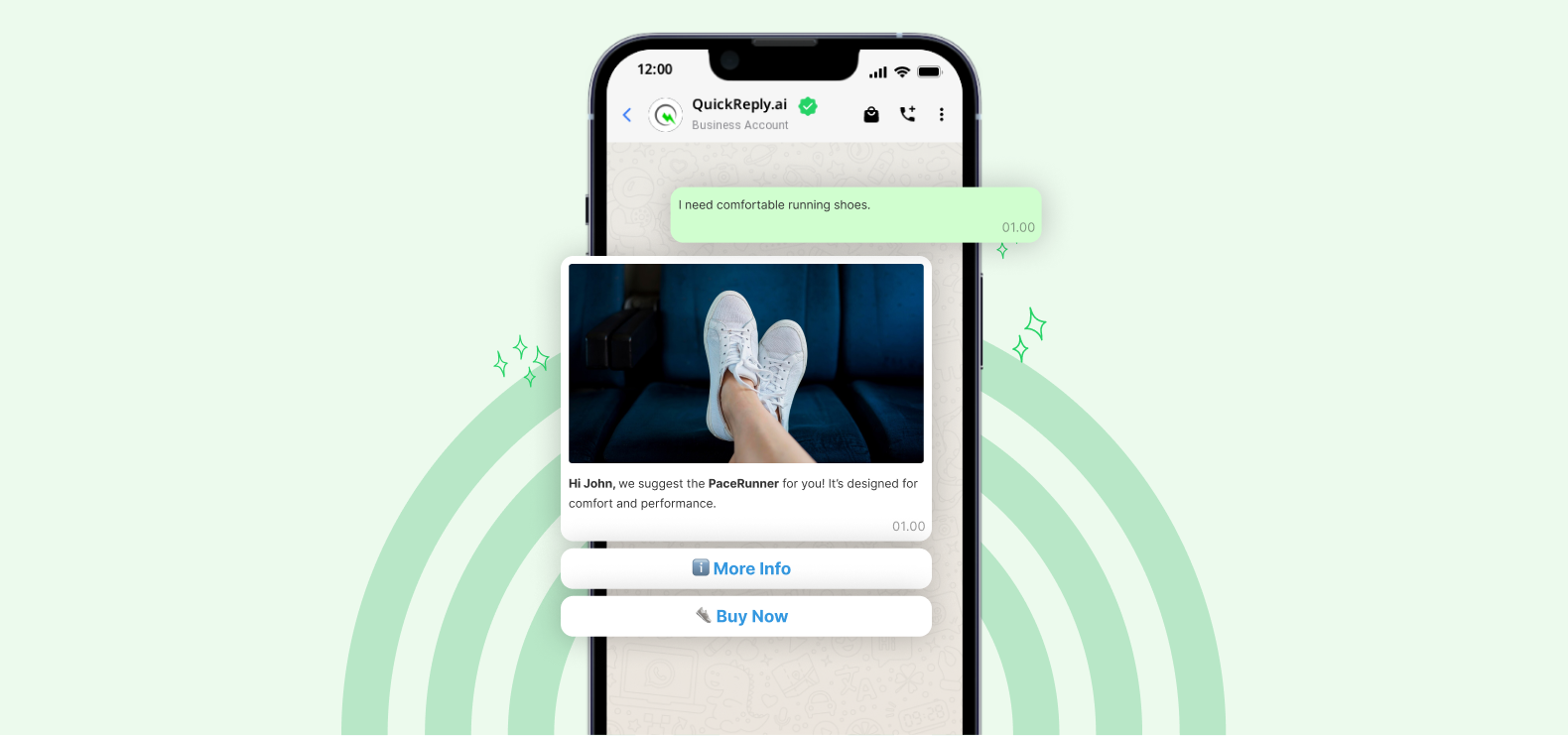
Building a WhatsApp chatbot is only half the job. The real challenge lies in ensuring that it delivers business impact. A chatbot that runs on autopilot but doesn’t drive results has wasted potential.
To optimize performance, businesses need to track the right KPIs (Key Performance Indicators), analyze real-time insights, and continuously refine chatbot workflows.
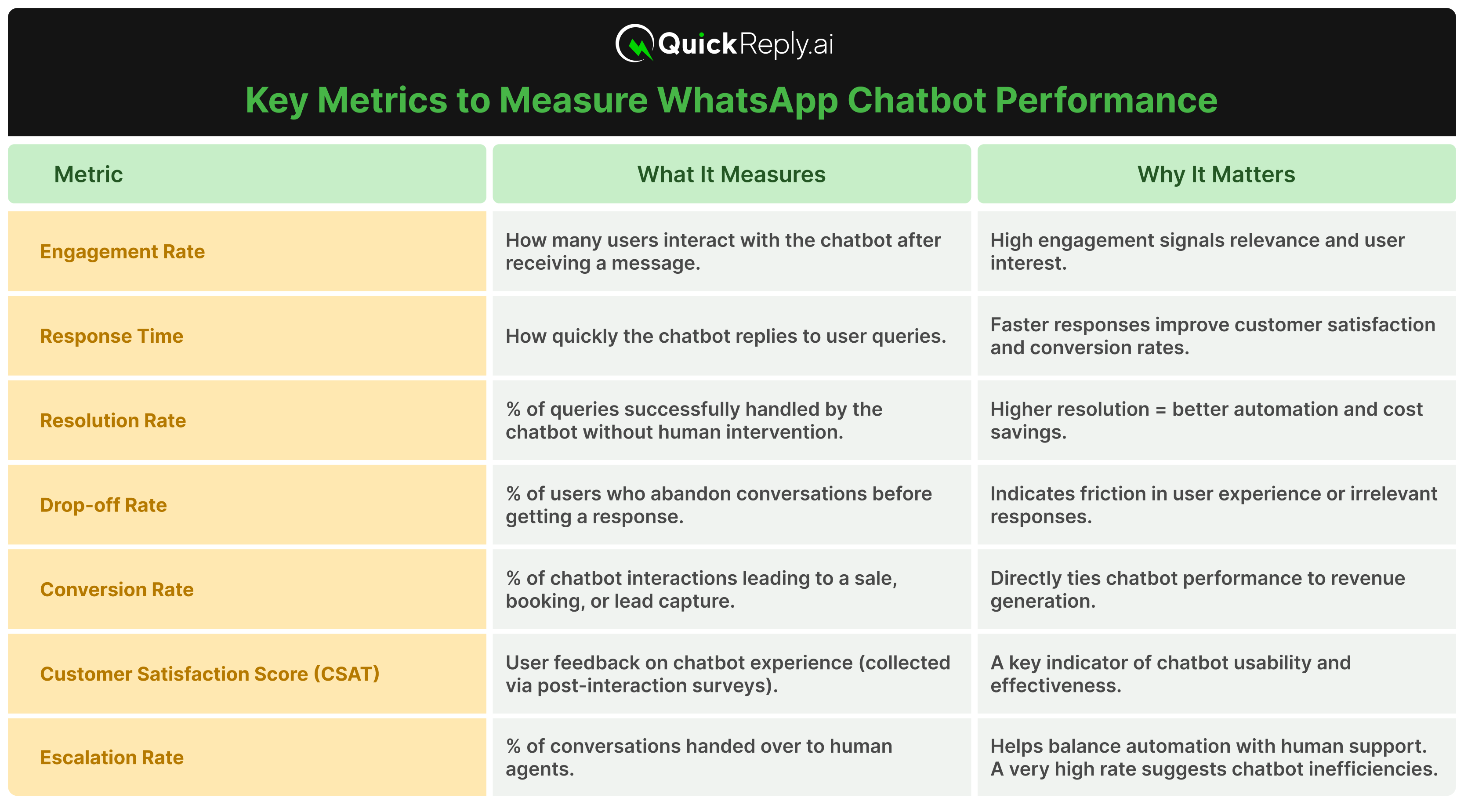
QuickReply.ai provides advanced tracking and real-time analytics dashboards to measure chatbot effectiveness. Businesses can:
The Continuous Optimization Loop: A WhatsApp chatbot isn’t a “set it and forget it” tool. Businesses that see real ROI treat it as a constantly evolving asset.
Businesses that still rely on traditional support systems are already falling behind. Customers expect instant responses, seamless interactions, and personalized experiences—and WhatsApp chatbots deliver exactly that.
A well-implemented WhatsApp chatbot isn’t just an automation tool. It’s a profit driver, a cost saver, and a customer engagement powerhouse. It reduces operational costs, boosts conversion rates, and keeps businesses available 24/7 without stretching human resources.
With QuickReply.ai, businesses don’t have to navigate the complexities of WhatsApp automation alone. From smart AI-driven conversations to deep CRM and e-commerce integrations, QuickReply.ai ensures businesses get the most out of their WhatsApp chatbot—without the headaches.
The future of customer engagement isn’t in waiting. It’s in proactive, AI-powered conversations that drive real business results.
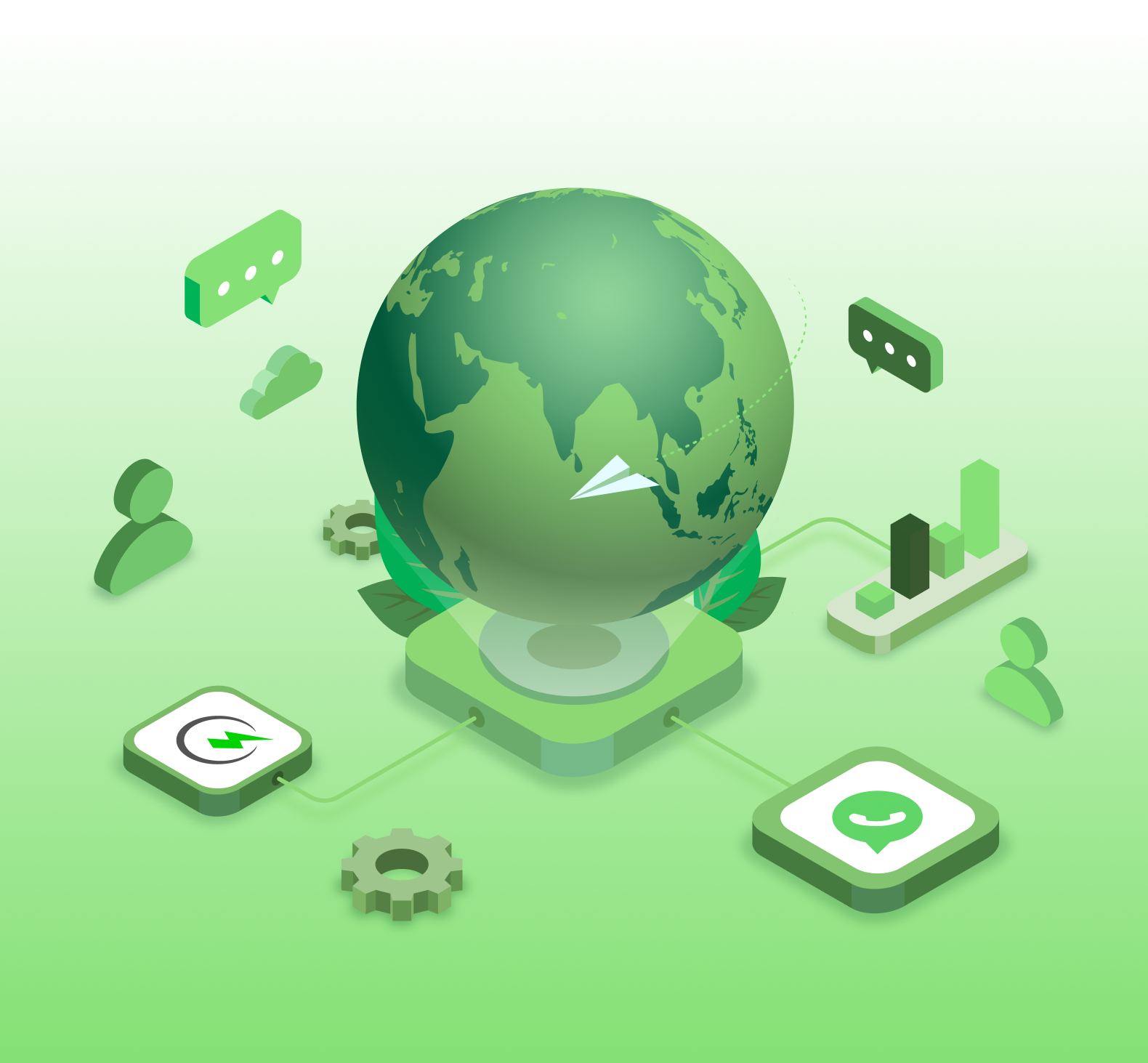
Tool and strategies modern teams need to help their companies grow.
Leverage the untapped growth potential of WhatsApp marketing to acquire and retain customers.